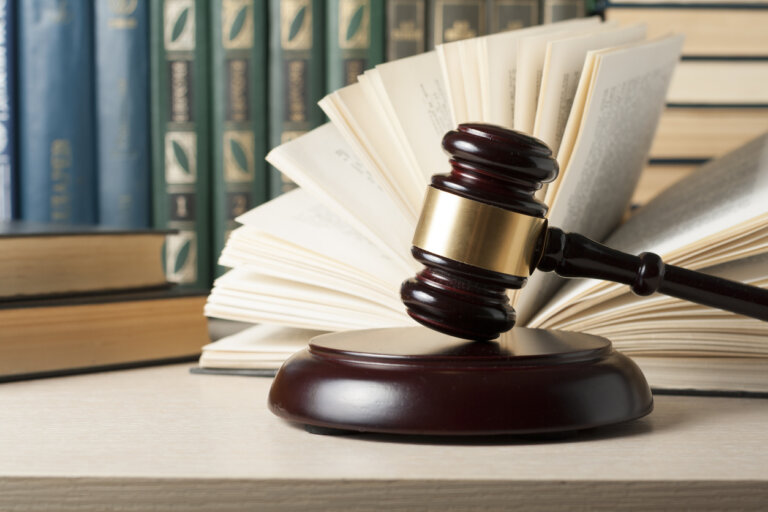When facing criminal charges, it is essential to be informed about your rights and the various motions that can impact your case. One such motion that holds significant weight in a criminal case is the Brady Motion. Understanding the importance of this important legal tool can help you better navigate the intricacies of the legal system and protect your rights.
Exploring the Brady Motion
A Brady Motion plays a crucial role in ensuring a fair trial. This motion, which is named after the landmark 1963 Supreme Court case Brady v. Maryland, revolves around the prosecution’s duty to disclose to the defense any information that may be favorable to the accused, either supporting their innocence or casting doubt on their guilt. This is known as exculpatory evidence.
The significance of the Brady Motion lies in its role in upholding the principles of due process and fairness in the legal system. Prosecutors are bound by the Brady Rule, which mandates that they disclose any evidence that is favorable to the defense, regardless of whether the evidence was requested or not. This duty to disclose encompasses both evidence directly related to the defendant’s guilt or innocence and evidence that could impact the credibility of witnesses or the reliability of the prosecution’s case.
Key Elements of a Brady Motion
To successfully pursue a Brady Motion, several key elements must be established. First, the defense must identify and present favorable evidence that has not been disclosed by the prosecution. This evidence can range from witness statements and expert opinions to documents or other forms of tangible evidence. It is crucial that the evidence be genuinely favorable to the defense, meaning it has the potential to impact the outcome of the case in their favor. Additionally, the defense must demonstrate the materiality of the evidence, showing that its disclosure could have a reasonable probability of altering the verdict or sentence.
The Role of Exculpatory Evidence
Exculpatory evidence plays a pivotal role in the context of a Brady Motion. It can take various forms, such as eyewitness testimony contradicting the prosecution’s narrative, forensic evidence pointing to an alternative explanation, or even evidence of misconduct by law enforcement. By presenting exculpatory evidence through a Brady Motion, the defense aims to challenge the prosecution’s case and establish a reasonable doubt in the minds of the judge or jury. The disclosure of such evidence can potentially dismantle the prosecution’s arguments, weaken their witnesses’ credibility, or even lead to the dismissal of charges against the accused. In essence, exculpatory evidence acts as a crucial counterbalance, ensuring that the defendant’s right to a fair trial is protected and that justice is served.
Filing and Litigating a Brady Motion
Filing a Brady Motion involves a careful process that requires the expertise of a skilled defense attorney. The attorney gathers all relevant information concerning the existence of exculpatory evidence and compiles a comprehensive motion. They then present the motion before the court, advocating for the disclosure of the exculpatory evidence and arguing its materiality. Through strenuous advocacy, the attorney works to ensure that the prosecution is held accountable for its disclosure obligations and that the defendant’s right to a fair trial is upheld.
Potential Outcomes and Implications
The successful filing of a Brady Motion can have various implications for the case. If the court finds that the prosecution failed to disclose material exculpatory evidence, it may order a new trial, providing the defendant with an opportunity to present their case with the newly disclosed evidence. In some cases, the court may even dismiss the charges against the accused altogether, recognizing the significant impact the withheld evidence would have had on the outcome of the trial.
Brady Motion Holds Prosecutors Accountable
The Brady Motion serves as a critical safeguard against wrongful convictions. It holds prosecutors accountable for their duty to provide all relevant and favorable evidence to the defense, allowing for a more equitable legal process. Contact Van Elswyk Law if you have questions about this legal tool and how it might impact your case. By understanding the implications and significance of the Brady Motion, you can actively assert your rights, strive for a fair trial, and seek justice.

